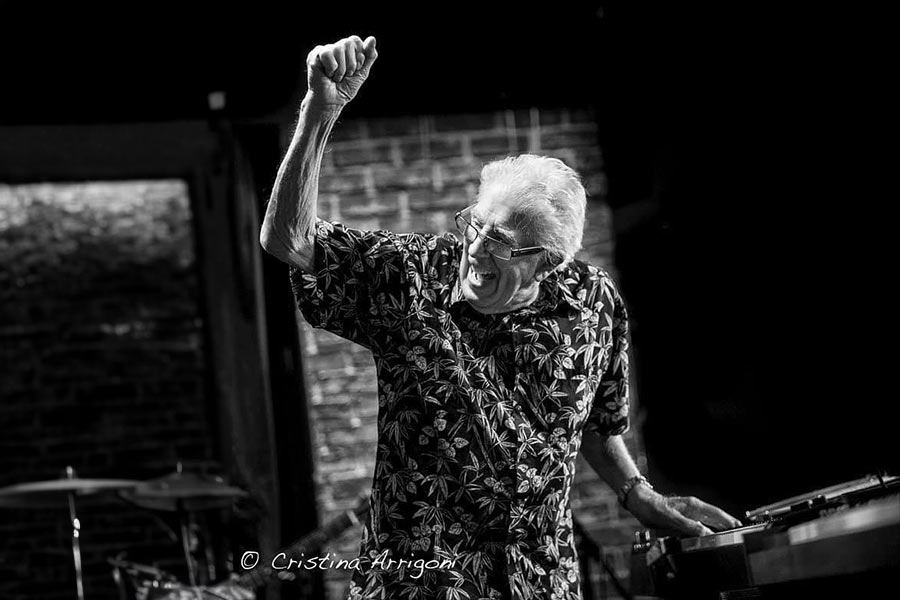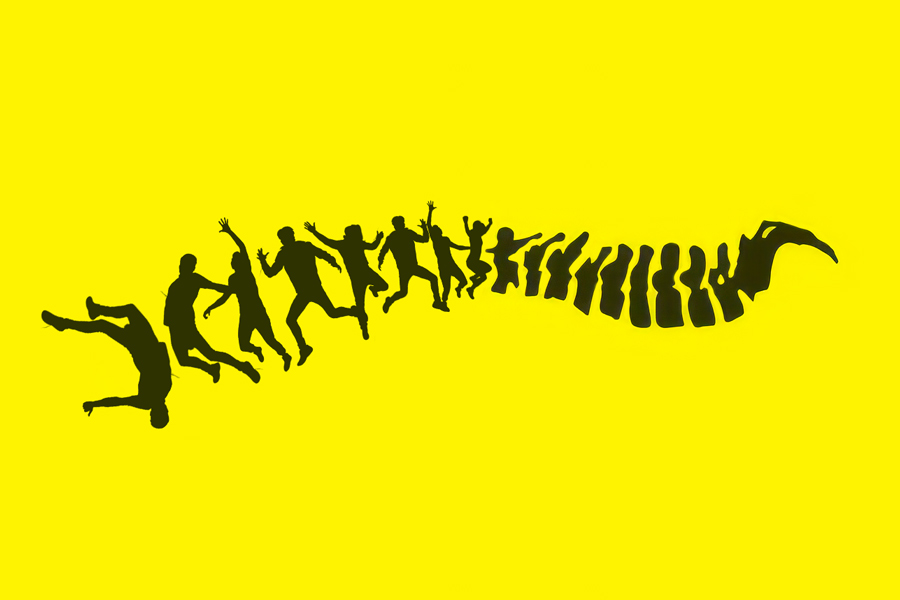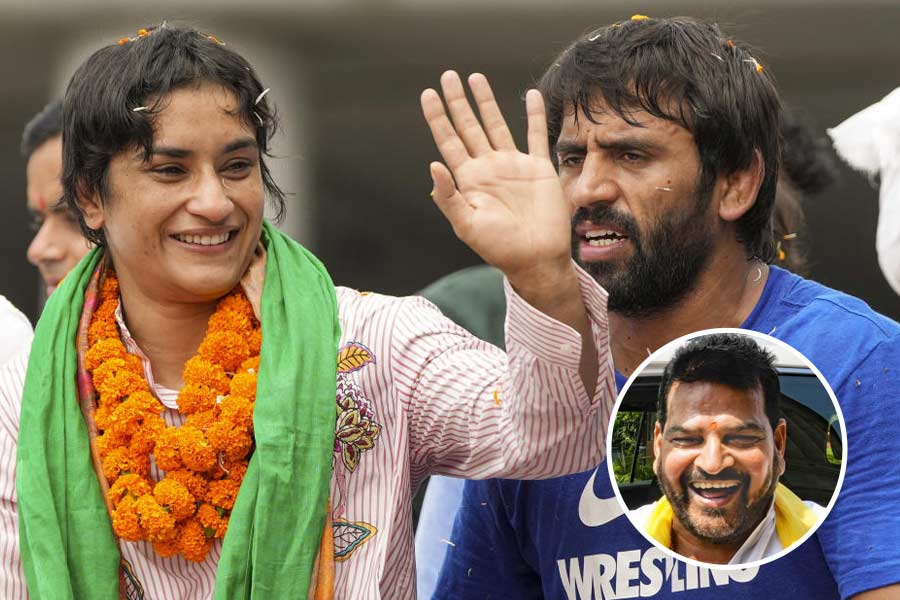The blues, it is universally accepted, is immortal. So, in the passing of pioneering British musician and band leader John Mayall, whose ensembles of the 1960s acted as incubators of this essentially African American musical form, the blues lived once again.
“John Mayall gave us ninety years of tireless efforts to educate, inspire and entertain," said his family in a Facebook post announcing his death early this week. That immediately took me back to the Calcutta of the ’80s when some of us had just finished school. Presidency College, hallowed for its academic record down the ages, was the setting for my initiation into Mayall’s music, courtesy seniors with acoustic guitars, in-between statistics classes. All Your Love, with its infectious opening swipe, was the song.
That was Eric Clapton playing electric guitar on the album, Blues Breakers with Eric Clapton, affectionately referred to as the “Beano album,” the debut record (1966) of this Mayall band. And we, like the rest of the world, were merely trying to emulate. For accomplished musicians of this country, Mayall has always been a benchmark. A rite of passage, just like it was for guitarists Clapton, Peter Green, Mick Taylor; drummer Mick Fleetwood, bassists Jack Bruce, John McVie and many others.
Ehsaan Noorani, the guitar arm of the Mumbai music composing trio Shankar- Ehsaan-Loy, fondly recalls how his first blues album was in the form of a cassette recording of Mayall’s Jazz Blues Fusion, which he reckons is one of his finest. Arinjoy Sarkar of Calcutta’s Arinjoy Trio reminisces about his meeting with the legend himself in Mumbai at the Mahindra Blues Festival where, would you believe it, they were both slated to perform. Ditto for Rudy Wallang of Shillong’s Great Society and Soulmate, whose world of guitar heroes exploded with Mayall’s influence and who bumped into the legend at the Jakarta Blues Festival. Guitar guru Amyt Datta opens up about the British blues invasion and how the lines distinguishing it from its American counterpart were being blurred with Mayal and Co.
The memories are vivid. As always, the music is precious. Listen in.

Ehsaan Noorani Instagram (@ehsaan)
One of the most progressive blues musicians ever: Ehsaan
“I have always maintained that Mayall was one of the most progressive blues musicians (I think he even had an album called Progressive Blues). He was always pushing the envelope with the form of the blues, not necessarily sticking to the 12 bar thing, which he did earlier on when he was with his own band,” says Noorani, calling in from Chicago where he is unspooling after a very successful series of Shankar-Ehsaan-Loy concerts. He admits he still transcribes music from Mayall’s Jazz Blues Fusion album, a compilation of three concerts, side A featuring a gig in Boston in November, 1971, and side B a selection of tracks from two concerts in New York in December of the same year.
Aside of the "Beano album", Noorani’s go-to Mayall albums are Blues From Laurel Canyon, Jazz Blues Fusion and A Hard Core Package. “In Hard Core, he had guitarist James (Quill) Smith, who is really fantastic. If you hear the album, you’ll realise it’s out of the blues format. But it’s still like a blues album. He always had these musicians whom you’d never heard of before. As a result, his music always took on a very fresh sound, whatever the album.”
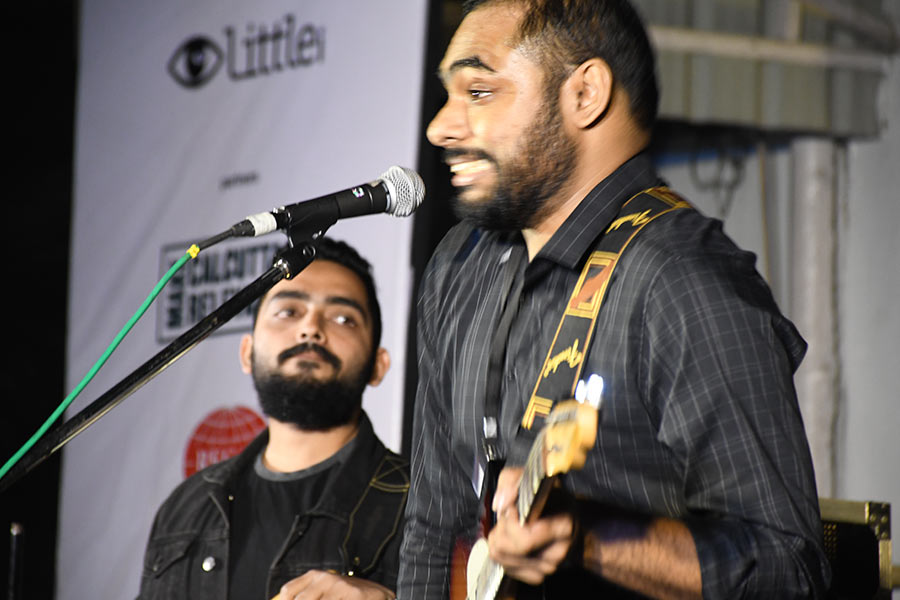
Arinjoy Sarkar TT Online
He showed us all a new way of playing the blues: Arinjoy
Arinjoy Sarkar found himself thinking “end of an era” when he heard of Mayall’s demise. “He was one of those stalwarts who helped in the transition of the blues to rock ‘n’ roll, even though there were people like Chuck Berry and Bo Diddley before him. But I always saw him as one who was able to bring the rock ‘n roll grit into the blues,” he says thoughtfully, explaining why he holds Mayall so dear to his heart. “He showed us all a new way of playing the blues.”
The Calcutta guitarist remembers meeting him in Mumbai in 2018 at the Mahindra Blues Festival which Mayall was headlining. “That was the year we won Band Hunt, because of which we were scheduled to play two half-hour slots. We met at the customary meet and greet before opening day. ‘We must hear you play,’ he told me when I was introduced to him. Unfortunately that did not happen, but as I shook his hand, I still remember thinking, ‘Man, this guy gave Clapton a break’. ” A lot of pictures were taken, but sadly Arinjoy doesn’t have a copy.
“For all of us guitar players, I guess the 'Beano album' has been the go-to standard,” says Arinjoy, whose playing is tilted more towards the American side of things. “I am more of the 1950-’60s Freddie King, Albert King, Joe Louis Walker kind. But whenever I have to channel a bit of rock ‘n’ roll, I look to Mayall.” Three of his songs that have left an indelible mark on Arinjoy form the core of lessons he’s designed for his students: All Your Love (Otis Rush cover, opening track), Little Girl (side A) and Double Crossing Time. “I go back to them time and again. So Mayall's playing has to be somewhere there inside of me when I am playing.”
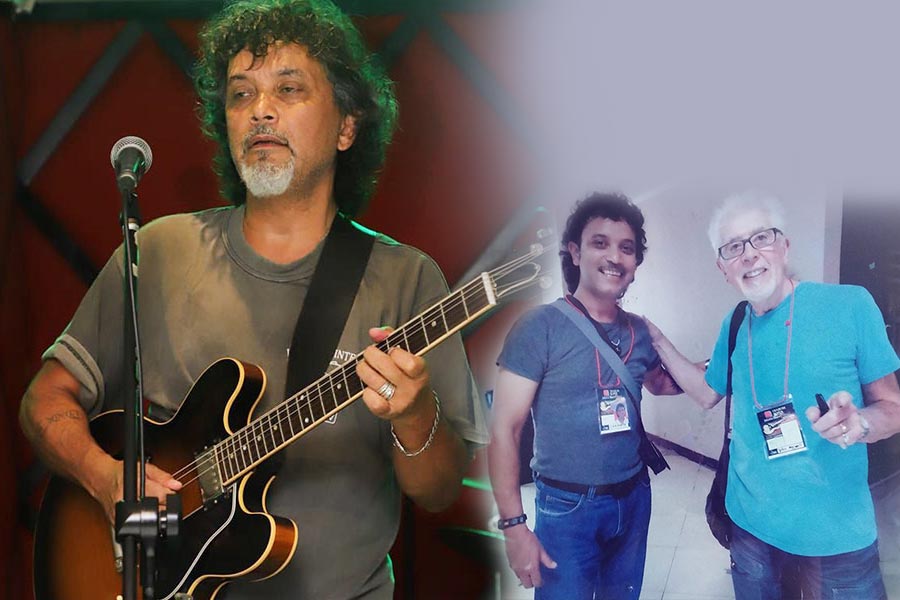
Rudy Wallang with John Mayall Rudy Wallang
Nature’s Disappearing a staple in our setlist: Rudy Wallang
Wallang owes a lot to John Mayall. “It was because of him that we got to hear the greats like Eric Clapton and Peter Green, who were all my inspirations. Back in the day when I was with Great Society and we used to travel across the northeast, there would always be at least one Mayall CD in our car. He was a big part of our lives,” he says.
Circa 2012-11, Wallang’s band Soulmate is at the Jakarta Blues Festival, where, lo and behold, the legend is there too! “We got to meet Mayall right after his sound check. And that was a blessing.” Like all aspiring guitar players, Wallang too started off playing the blues and trying to copy the greats like Buddy Guy, Freddie King and Albert Collins. “As a 15-year-old, I would play a lot of Clapton, little knowing then that he also came from the blues and Mayall’s band.”
Wallang remembers playing All Your Love, knowing it then as a John Mayall song. “It was only later that we found out it was a cover of the Otis Rush song. There is another song we still do today. It’s called Nature’s Disappearing. And it’s so relevant even now. I just love the song and its message. It’s one of the staples in our setlist.”
For Wallang, it is very important to have his own voice. “I am not that much of a singer, even though I do sing. But I think I sing better through my guitar,” he says. A guitar player’s search for his tone is a work in progress. But Wallang believes that after all these years, he has been able to learn from all these greats and “find my own voice”. What was unsaid but implicit in this assertion is that somewhere deep within that confidence lay the legacy of a John Mayall.
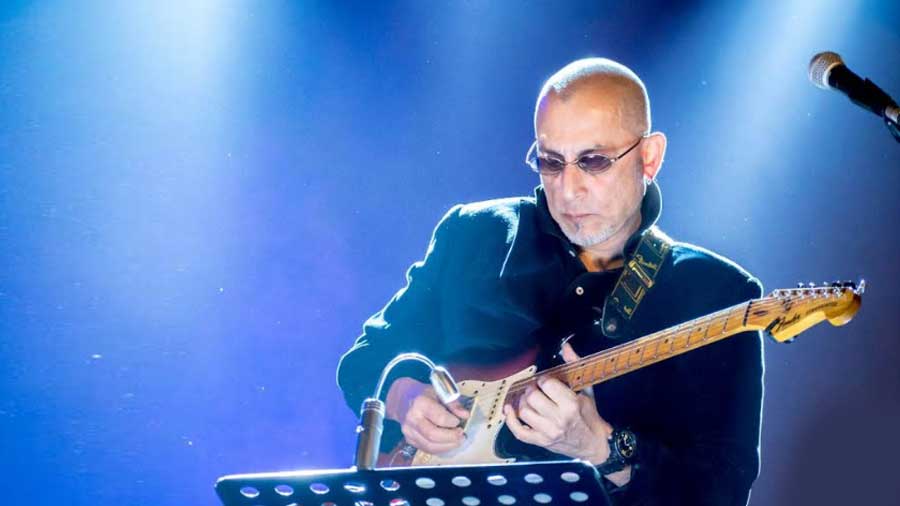
Amyt Datta TT Online
Mayall, the master of the blues crossover: Amyt Datta
Amyt Datta sees John Mayall as iconic for the manner in which he was able to bring the blues into the mainstream. “He was one of the first British White guys to sort of adopt the blues and make it ready for people’s ears. His 'Beano album' was path-breaking in the way it introduced Eric Clapton. We used to play a lot of Clapton, his songs with Cream, Derek and Dominoes and must have also played a few Mayall numbers.”
On British and American Blues, Datta explains it simply. “The soul is the same but the mind is different, if you know what I mean,” he says, attributing this cross pollination to the advent of the Beatles in America and the American blues into Britain. “This crossover led to the lines getting blurred. American bands started imbibing punk, while the British musicians took in the blues. The stories and the themes were the same, but the British band presentations had a flavour of rock, while the Americans were ‘bluesy’ blues.”
Born in the ’60s, Datta remembers experiencing this during his early playing days. “When I was growing up this whole influx thing had already started. I was born into the blurred line,” he says, referring to the fading distinctions in the various styles of the practitioners of the blues. “Before that, till about the late ’50s, you could spot the line. You could tell an American blues player. Soon after the music really got crossed over, which to my mind, was a good thing to happen.”
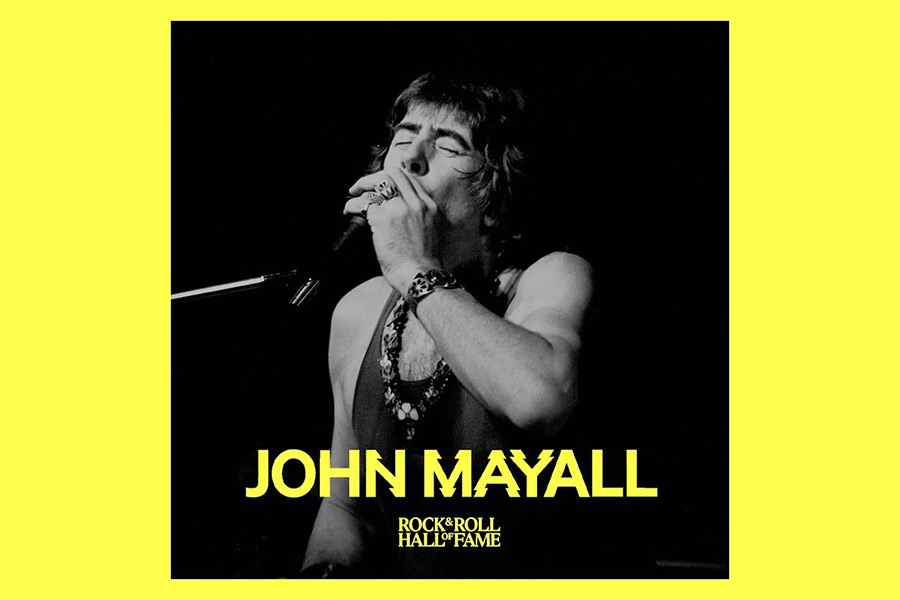
John Mayall Instagram: johnmayallofficial
The summing up
In his heartfelt tribute to his mentor John Mayall, Eric Clapton calls him his surrogate father. “He taught me all I really know and gave me the courage and enthusiasm to express myself without fear or without limit.”
For legions of musicians who have been influenced and inspired by the godfather of British blues, it is a time to reflect on the musical boundaries Mayall crossed, the lines Mayall helped blur. For what is the British Blues without the American Blues? The cross-pollination of style, technique and substance that Mayall helped forge within the secular traditions of the blues has left us with even richer musical experiences.
Both Amyt Datta and Ehsaan Noorani agree. “When Clapton plays the blues you can hear more elements of rock. It’s the same with, say, a Rory Gallaghar, even though, now, the blues and rock are married so tightly that you may find it difficult to identify one from the other. The rock music of Allman Brothers cannot exist without the blues elements,” notes Datta.
Noorani talks of the manner in which British musicians recognised this form of music and made it popular for the artistes from the USA. “You know Howlin’ Wolf, Albert King, BB King and Jimmy Hendrix himself. Suddenly, these artistes became big. They got recognised by US promoters as well. From playing in small dives and juke joints, they became stars that played at the Fillimore and even bigger venues. So it was very crucial in the way the British gave this music the recognition it needed,” he explains.
In the UK, thanks to Mayall and Co., even the Rolling Stones and Fleetwood Mac started off as blues bands. “These guys took the music and interpreted it in their own ways. They would do covers of songs of the American artistes, but in a way that would lead to bands like Cream and Eric Clapton becoming ‘God’, he adds, referring to, among others, acts such as Ten Years After, Chicken Shack, Savoy Brown, all big bands that were part of the British blues explosion.
Ultimately, as Datta put it, this free flow of musical ideas that flowered within and beyond the tenets of the blues, is the embodiment of a simple but profound assertion that in the end, it really doesn’t matter if you are Black or White. It’s the music that keeps shining through. And we have to thank John Mayall for that.
Post script: Why is it called the ‘Beano album’? Look at the cover and you’ll see why. Clapton is reading the British comic book.

